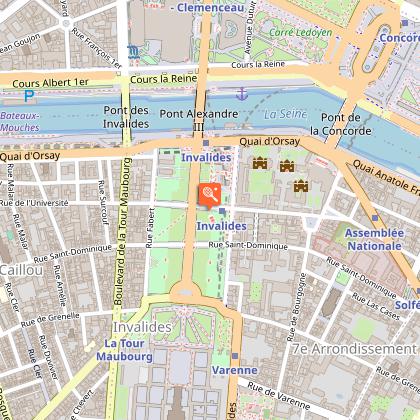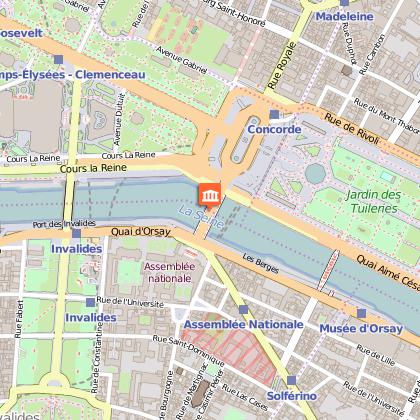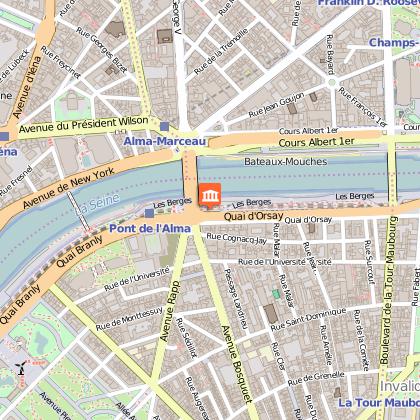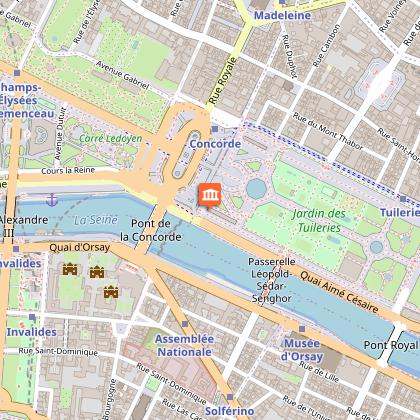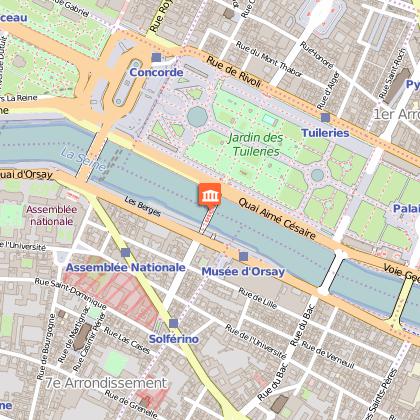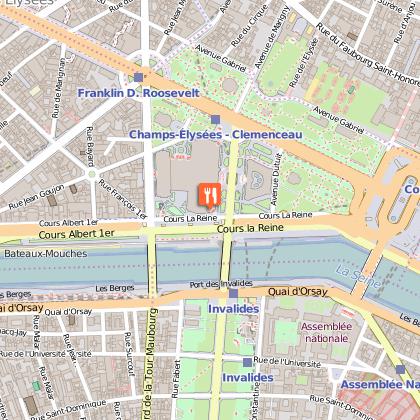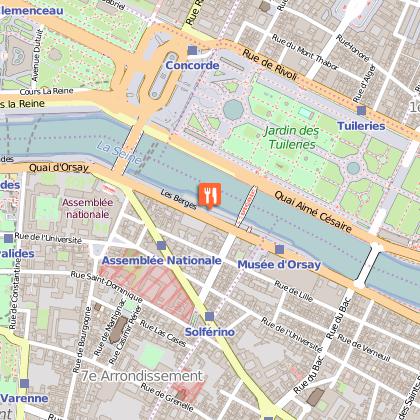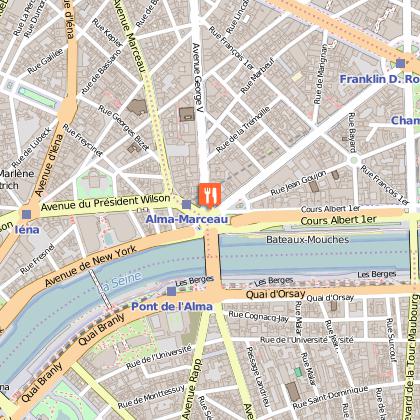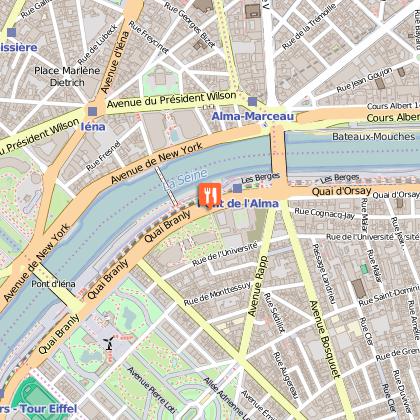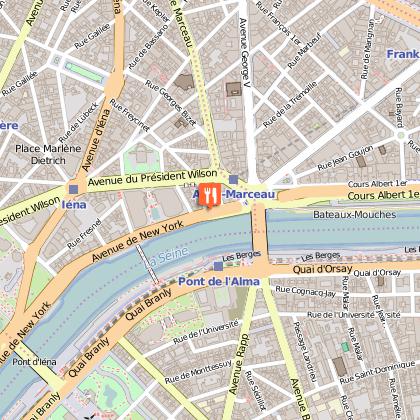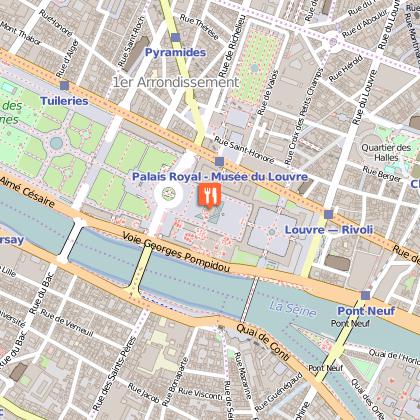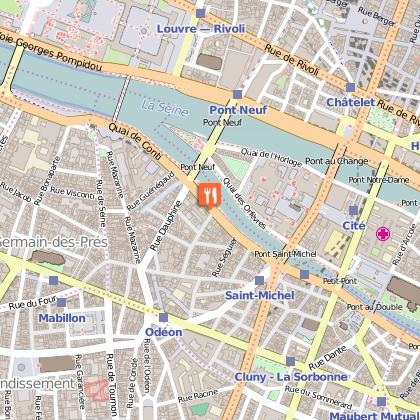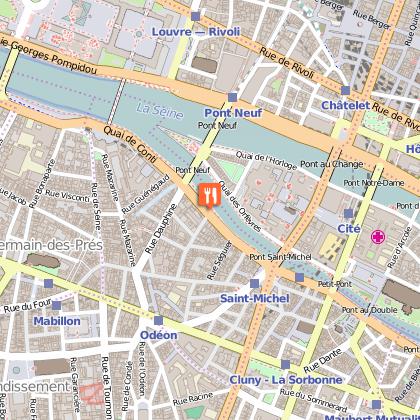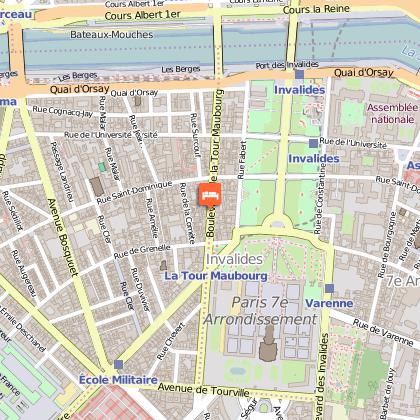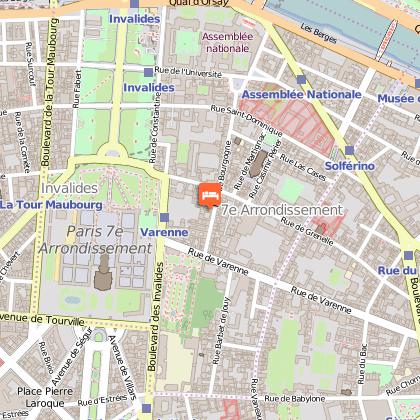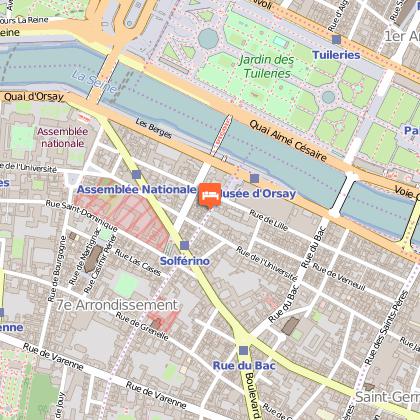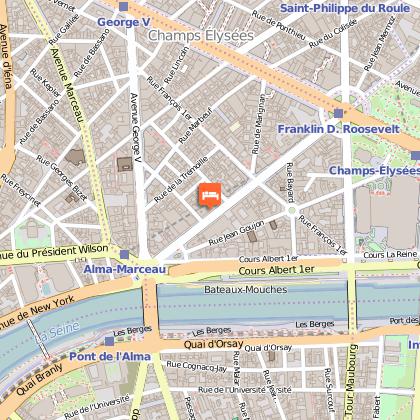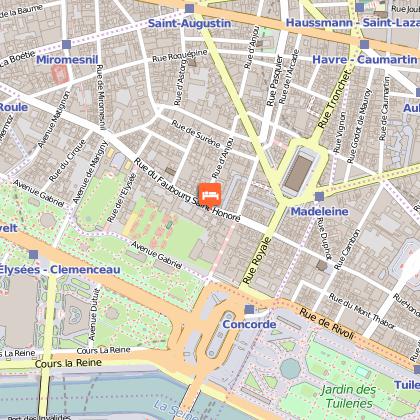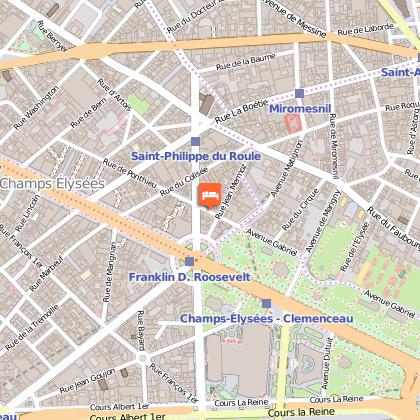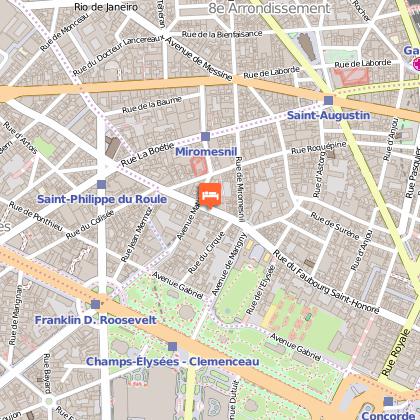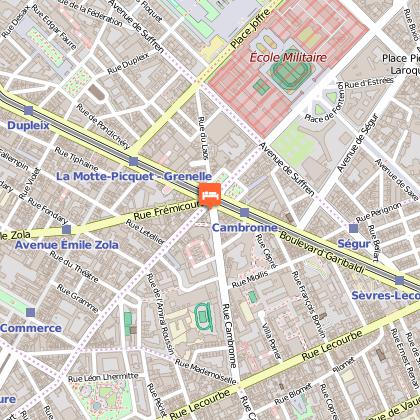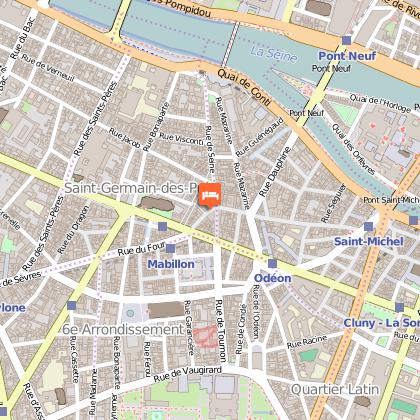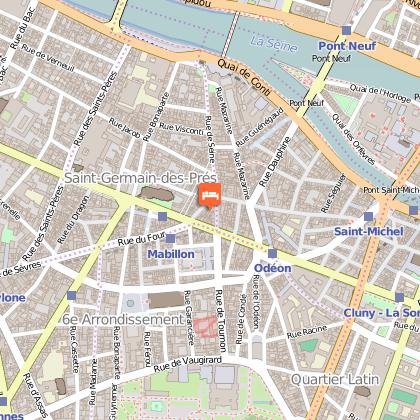Tours
Activities
Places of interest
Where to eat
Where to sleep
Paris-7e-arrondissement, Paris, Ile de France
Are you in charge of the destination?The 7th arrondissement of Paris, located on the left bank of the Seine, is the historical and political heart of the French capital. Here, you will discover iconic landmarks such as the majestic Eiffel Tower, the Les Invalides with its golden dome, and the Rodin Museum surrounded by enchanting gardens. This aristocratic district also hosts numerous ministries and embassies, exuding a solemn yet el...See more
Walking around Paris-7e-arrondissement
See more suggestionsExplore the parks and paths of Paris-7e-arrondissement.
See more suggestionsWhat to do in Paris-7e-arrondissement
See more suggestionsExperience unique moments with the bookable activities in Paris-7e-arrondissement.
See more suggestionsIGN cards

2314OT - PARIS FORÊT DE MEUDON FORÊT DE FAUSSES REPOSES
Editor : IGN
Collection : TOP 25 ET SÉRIE BLEUE
Scale : 1:25 000
13.90€

190 PARIS CHANTILLY FONTAINEBLEAU
Editor : IGN
Collection : TOP 100
Scale : 1:100 000
8.40€

118 PARIS CHARTRES PNR DE LA HAUTE VALLÉE DE CHEVREUSE
Editor : IGN
Collection : TOP 100
Scale : 1:100 000
8.40€

108 PARIS ROUEN BEAUVAIS PNR DU VEXIN FRANÇAIS
Editor : IGN
Collection : TOP 100
Scale : 1:100 000
8.40€

109 PARIS COMPIÈGNE PNR OISE-PAYS DE FRANCE
Editor : IGN
Collection : TOP 100
Scale : 1:100 000
8.40€

D75-95 ÎLE-DE-FRANCE OUEST
Editor : IGN
Collection : CARTES DÉPARTEMENTALES IGN
Scale : 1:150 000
5.90€

D77 SEINE-ET-MARNE
Editor : IGN
Collection : CARTES DÉPARTEMENTALES IGN
Scale : 1:150 000
5.90€

D28 EURE-ET-LOIR
Editor : IGN
Collection : CARTES DÉPARTEMENTALES IGN
Scale : 1:150 000
5.90€

NR01 HAUTS-DE-FRANCE
Editor : IGN
Collection : CARTES RÉGIONALES IGN
Scale : 1:250 000
6.80€

NR08 CENTRE-VAL DE LOIRE
Editor : IGN
Collection : CARTES RÉGIONALES IGN
Scale : 1:250 000
6.80€

NR03 ÍLE DE FRANCE
Editor : IGN
Collection : CARTES RÉGIONALES IGN
Scale : 1:250 000
6.80€

801 FRANCE NORD OUEST
Editor : IGN
Collection : CARTES NATIONALES IGN
Scale : 1:320 000
6.10€

EUROPE
Editor : IGN
Collection : DÉCOUVERTE DES PAYS DU MONDE IGN
Scale : 1:2 500 000
7.00€
What to visit in Paris-7e-arrondissement
See more suggestionsAdmire the unique architecture of Paris-7e-arrondissement.
See more suggestionsWhere to eat in Paris-7e-arrondissement
See more suggestionsThe cuisine of Paris-7e-arrondissement is a must-try.
See more suggestionsWhere to sleep in Paris-7e-arrondissement
See more suggestionsBook your stay at one of Paris-7e-arrondissement's accommodations.
See more suggestions









